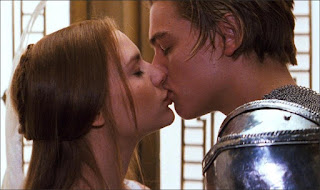Cinematic language is the representation or the way the movie communicates with the audience. We notice cinematic language in every movie within the elements that help compose a films language such as mise en scene, camera shots, lightning, sound and music and last but not least performance and editing. Starting off with the main element of cinematic language it would be mise en scene, mise en scene is how the scene is staged or set. In mise en scene many of its elements would be composed of settings, props, costumes and makeup and it’s color palette. Mise en scene helps create a sense of character in moods and helps the viewer predict the sequence of the movie. Furthermore performance and sound and effect is also a key element for composing cinematic language in which adds into the characters way of expression, in addition to lightning and sound editing which create an atmosphere for the plot and narrative of the movie. Last but not least camera shots and editing also help with the creation of cinematic language with the way the movie is perceived by its audience. One example of cinematic language would be on the following clip below:
As we can see in this short movie clip, the movie director decided to close up on the actors face in order to show and display the characters emotions and feelings towards the audience. Another example of cinematic language in movies it would be in the movie “Romeo and Juliet” in the clip where Romeo and Juliet kiss each other at the party where the movie director decided to add sounds and a close up camera to set the plot and movie:
In conclusion, cinematic representation is the way a movie communicates with the audience through the five elements that help compose cinematic language would be mise en scene, camera shots, lightning, editing and sound effects and music

Comments
Post a Comment